
Rome
ItalyRome, the Eternal City, whispers tales from every cobblestone, a metropolis built not just on seven hills but on layers of captivating history and surprising anecdotes. It wasn't always destined for such grandeur; legend claims its founder, Romulus, famously dispatched his twin brother Remus in a dispute over the city's nascent boundaries, a rather dramatic origin story for such an enduring capital. Consider this: Rome wasn't just the center of a vast empire; it was a pioneer in urban planning. The Romans constructed an intricate network of roads, aqueducts, and sewers, marvels of engineering for their time. The saying "All roads lead to Rome" wasn't just a figure of speech; by the early fourth century AD, they had built over 53,000 miles of paved roads, facilitating trade and communication across their vast territories. Intriguingly, the iconic Spanish Steps aren't Spanish at all. Despite their name, these elegant 18th-century steps were designed by an Italian architect, Francesco de Sanctis, funded by a French diplomat. The name derives from the Piazza di Spagna at their base, which housed the Spanish Embassy to the Holy See. This linguistic twist adds a layer of unexpected international intrigue to a beloved landmark. Another fascinating aspect of Rome lies in its unique relationship with its feline inhabitants. A law passed in 1991 allows cats to live freely and without disturbance in the areas where they were born. Consequently, you'll often spot these furry residents lounging amongst the ancient ruins of the Forum or basking in the sun on the Colosseum walls, a charming and very Roman sight. Beyond its monumental history, Rome boasts a surprising claim as the location of the world's first shopping mall. Emperor Trajan's Market, built between 107 and 110 AD, was a multi-level complex housing over 150 shops selling everything from food to clothes, a testament to Rome's early understanding of commerce and urban life. Finally, the seemingly ubiquitous "SPQR" emblazoned on Roman buildings and monuments isn't some arcane decoration. It's an abbreviation for "Senatus Populusque Romanus," meaning "The Senate and People of Rome." This powerful acronym served as the official emblem of the Roman Republic and Empire, a constant reminder of the source of their authority and a symbol that still resonates throughout the city today. To wander through Rome is to traverse not just geographical space, but millennia of captivating stories and unexpected details, a journey where the past constantly intertwines with the vibrant present.
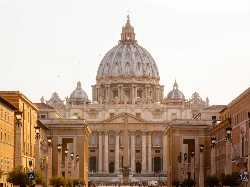 St. Peter’s Basilica
Basilica
St. Peter’s Basilica
Basilica
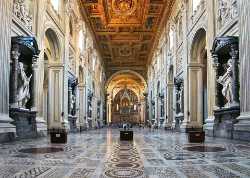 Basilica di San Giovanni in Laterano
Basilica
Basilica di San Giovanni in Laterano
Basilica
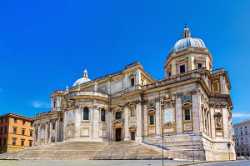 Santa Maria Maggiore
Basilica
Santa Maria Maggiore
Basilica
 San Paolo Fuori le Mura
Basilica
San Paolo Fuori le Mura
Basilica
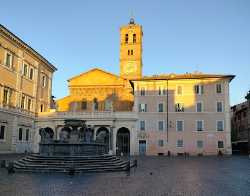 Santa Maria in Trastevere
Basilica
Santa Maria in Trastevere
Basilica
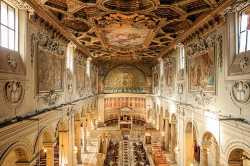 San Clemente
Basilica
San Clemente
Basilica
 Botanical Garden of Rome
Botanical Garden
Botanical Garden of Rome
Botanical Garden
 Palazzo Farnese
Castle
Palazzo Farnese
Castle
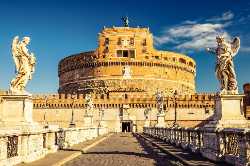 Castel Sant’Angelo
Castle
Castel Sant’Angelo
Castle
 Sant’Ignazio di Loyola
Church
Sant’Ignazio di Loyola
Church
 San Luigi dei Francesi
Church
San Luigi dei Francesi
Church
 Santa Maria sopra Minerva
Church
Santa Maria sopra Minerva
Church
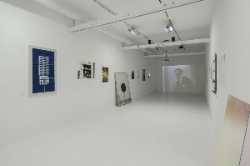 Pastificio Cerere
Gallery
Pastificio Cerere
Gallery
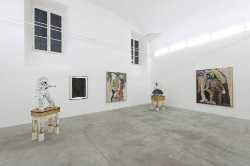 Monitor
Gallery
Monitor
Gallery
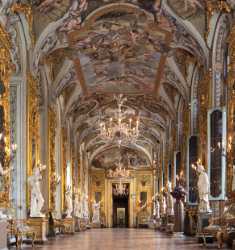 Palazzo Doria Pamphilj
Gallery
Palazzo Doria Pamphilj
Gallery
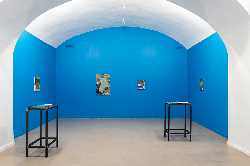 Z20 Gallery
Gallery
Z20 Gallery
Gallery
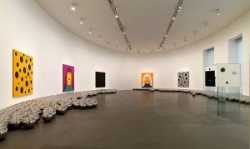 Gagosian Gallery Rome
Gallery
Gagosian Gallery Rome
Gallery
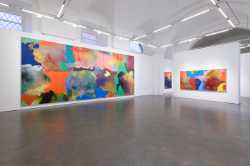 Galleria Lorcan O’Neill
Gallery
Galleria Lorcan O’Neill
Gallery
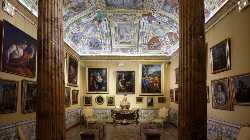 Galleria Corsini
Gallery
Galleria Corsini
Gallery
 Pincian Hill Gardens
Garden
Pincian Hill Gardens
Garden
 Roseto Comunale
Garden
Roseto Comunale
Garden
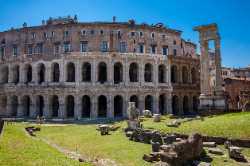 Teatro di Marcello
Historical landmark
Teatro di Marcello
Historical landmark
 Pantheon Rome
Historical Landmark
Pantheon Rome
Historical Landmark
 Porta Portese Market
Market
Porta Portese Market
Market
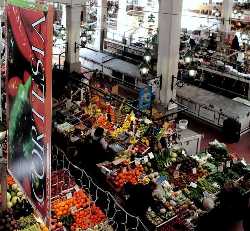 Mercato dell’Unità
Market
Mercato dell’Unità
Market
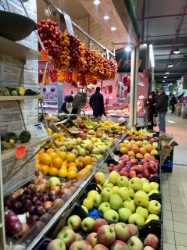 Trionfale Market
Market
Trionfale Market
Market
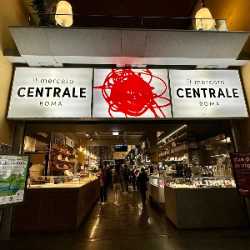 Mercato Centrale Roma
Market
Mercato Centrale Roma
Market
 Mercato di Testaccio
Market
Mercato di Testaccio
Market
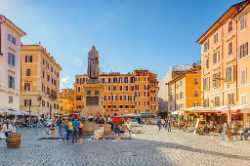 Campo de' Fiori
Market
Campo de' Fiori
Market
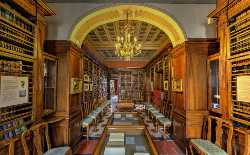 Keats-Shelley House
Museum
Keats-Shelley House
Museum
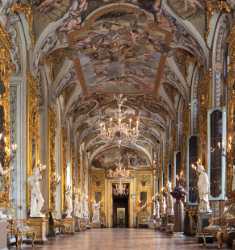 Galleria Doria Pamphilj
Museum
Galleria Doria Pamphilj
Museum
 Museo Barracco
Museum
Museo Barracco
Museum
 Fondazione Memmo
Museum
Fondazione Memmo
Museum
 Museo delle Anime del Purgatorio
Museum
Museo delle Anime del Purgatorio
Museum
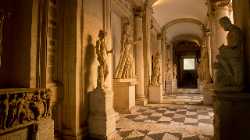 Capitoline Museums
Museum
Capitoline Museums
Museum
 Museo Leonardo da Vinci Experience
Museum
Museo Leonardo da Vinci Experience
Museum
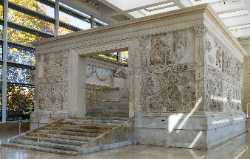 Museo dell'Ara Pacis
Museum
Museo dell'Ara Pacis
Museum
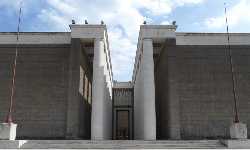 Museo della Civiltà Romana
Museum
Museo della Civiltà Romana
Museum
 Mercati di Traiano
Museum
Mercati di Traiano
Museum
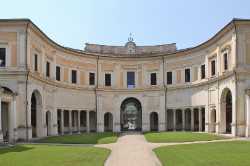 Museo Nazionale Etrusco di Villa Giulia
Museum
Museo Nazionale Etrusco di Villa Giulia
Museum
 Museo Napoleonico
Museum
Museo Napoleonico
Museum
 Galleria Borghese
Museum
Galleria Borghese
Museum
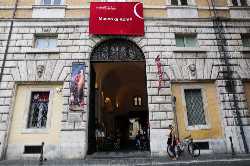 Museo di Roma
Museum
Museo di Roma
Museum
 Centrale Montemartini
Museum
Centrale Montemartini
Museum
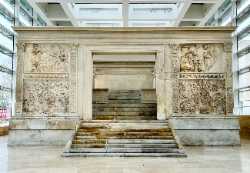 Museum of the Ara Pacis
Museum
Museum of the Ara Pacis
Museum
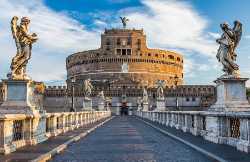 Museo Nazionale di Castel Sant’Angelo
Museum
Museo Nazionale di Castel Sant’Angelo
Museum
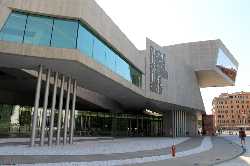 MAXXI
Museum
MAXXI
Museum
 Crypta Balbi
Museum
Crypta Balbi
Museum
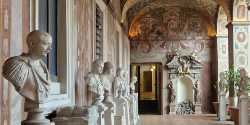 Palazzo Altemps
Museum
Palazzo Altemps
Museum
 Baths of Diocletian
Museum
Baths of Diocletian
Museum
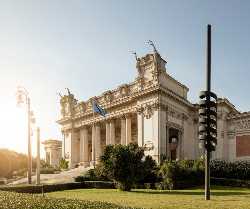 Galleria Nazionale d'Arte Moderna
Museum
Galleria Nazionale d'Arte Moderna
Museum
 Palazzo delle Esposizioni
Museum
Palazzo delle Esposizioni
Museum
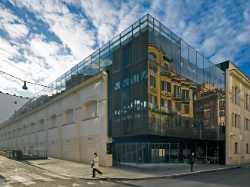 Museum of Contemporary Art of Rome
Museum
Museum of Contemporary Art of Rome
Museum
 Chiostro del Bramante
Museum
Chiostro del Bramante
Museum
 Palazzo Massimo alle Terme
Museum
Palazzo Massimo alle Terme
Museum
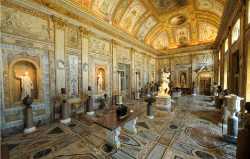 Galleria Borghese
Museum
Galleria Borghese
Museum
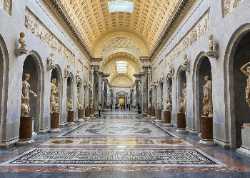 Vatican Museums
Museum
Vatican Museums
Museum
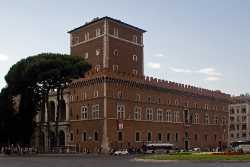 Palazzo Venezia
Museum
Palazzo Venezia
Museum
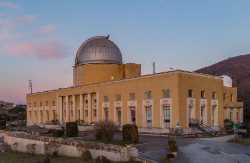 Monte Mario Observatory
Observatory
Monte Mario Observatory
Observatory
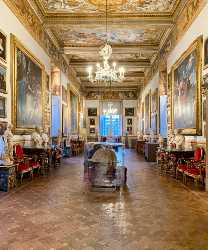 Palazzo Spada
Palace
Palazzo Spada
Palace
 Palazzo Barberini
Palace
Palazzo Barberini
Palace
 Palazzo Quirinale
Palace
Palazzo Quirinale
Palace
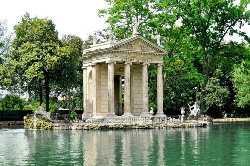 Villa Borghese Gardens
Park
Villa Borghese Gardens
Park
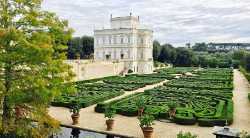 Villa Doria Pamphilj
Park
Villa Doria Pamphilj
Park
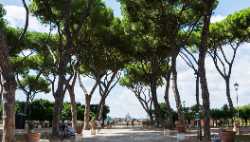 Giardino degli Aranci
Park
Giardino degli Aranci
Park
 Villa Ada Savoia
Park
Villa Ada Savoia
Park
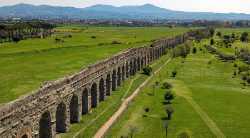 Parco degli Acquedotti
Park
Parco degli Acquedotti
Park
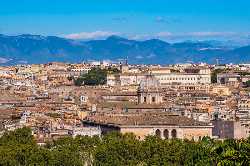 Janiculum Hill
Park
Janiculum Hill
Park
 Villa Torlonia Gardens
Park
Villa Torlonia Gardens
Park
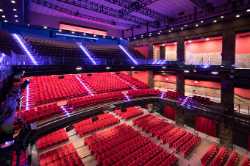 Teatro Brancaccio
Theatre
Teatro Brancaccio
Theatre
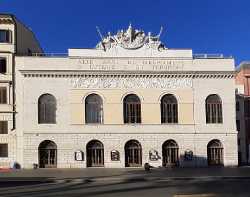 Teatro Argentina
Theatre
Teatro Argentina
Theatre
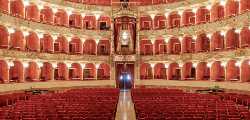 Teatro dell’Opera di Roma
Theatre
Teatro dell’Opera di Roma
Theatre
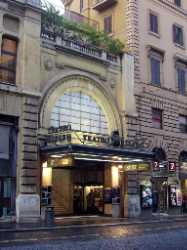 Teatro Eliseo
Theatre
Teatro Eliseo
Theatre
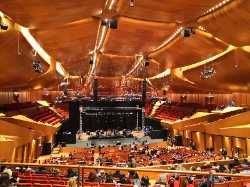 Auditorium Parco della Musica
Theatre
Auditorium Parco della Musica
Theatre